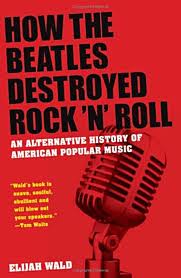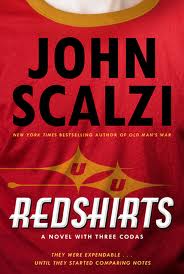Relax boomers – this isn’t the 300 page takedown of the
Beatles that you’re ready to hate. What
it is then, is a unique history of American popular music in the 20th
century. A sequel, of sorts, to Wald’s “Escaping
the Delta”.
The argument in this case is that around 1965, music became
more segregated, with black performers continuing the traditional interest in
dance music, while white performers became more interested in art music
designed for listening, not movement.
His claim is that this was to the detriment of both strands of
music.
Wald’s approach is somewhat unique. The usual approach is to construct a critical
narrative. From a position of hindsight,
various figures deemed important and/or influential are highlighted to provide
some sense of progress. Wald views
himself as a historian, rather than a critic.
Using sales charts and radio playlists he constructs a vision of what
people were actually listening to, rather than what they *should* have been
listening to.
The advantage of this approach is that it provides a more
accurate reflection of what the times were actually like. Yes, apparently Doris Day & Perry Como
really were that popular!
And that leads to the downside of Wald’s approach. There are long passages devoted to performers
such as Paul Whiteman who is of little to no interest to contemporary
listeners. While Wald’s writing never
falters, the fact that these performers are quite simply of lesser importance
to modern ears makes these portions of the book drag.
The discussion of the 1950s was of particular interest to me
in light of the current state of the music industry. The split between albums and singles, both
among audiences and performers, seems to mirror the emerging state of the
recording industry. Perhaps in a few
years we’ll again find ourselves in that same situation.





